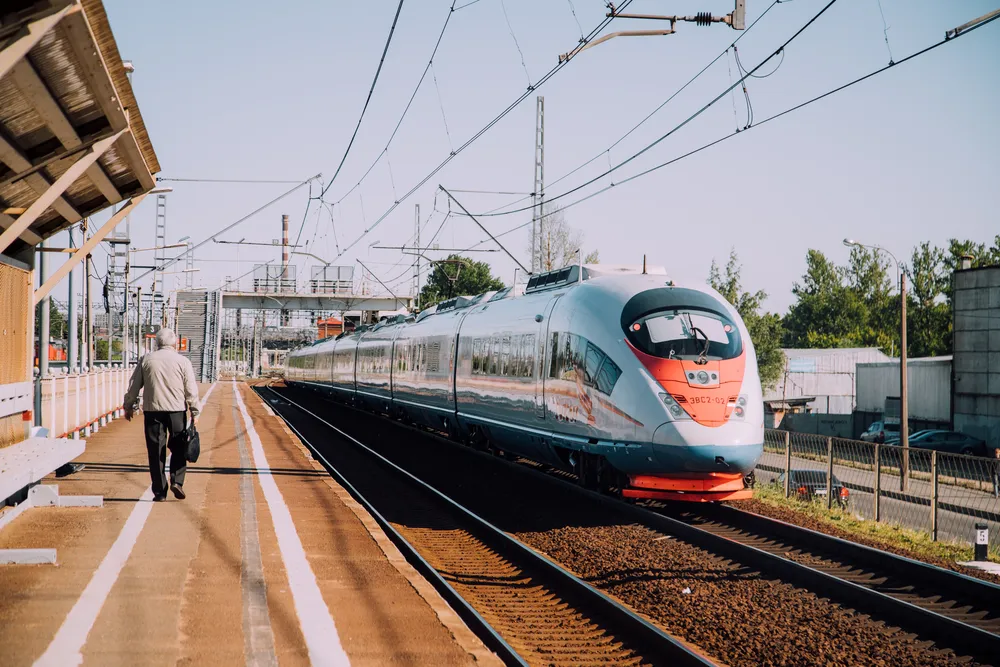Overview — Critical Role
Bearings in the railway sector perform a vital role in enabling smooth, safe, and efficient vehicle operation. Wheelsets, axleboxes, bogies, traction motors and braking systems all rely on high-performance bearings to carry heavy loads, reduce friction and preserve operational accuracy. Bearing reliability directly impacts train safety and operational resilience.
Key Locations — Application Areas
Bearings in wheelsets and axleboxes carry the static weight of the vehicle and absorb dynamic impacts from track irregularities; bogie and slewing bearings ensure precise alignment during steering and curving; traction motor bearings support high-speed rotational shafts and influence drive efficiency. Each application demands specific material, geometry and lubrication solutions.
Performance Demands — Speed and Stiffness
High-speed passenger and heavy freight services impose combined requirements: maintain low friction and temperature rise at high velocities while providing sufficient stiffness and fatigue life under heavy loads. Tight manufacturing tolerances, correctly applied preload and optimized contact angles are essential for stable performance.
Materials & Design — Durability Enhancements
Railway bearings typically employ high-strength alloy steels with tailored heat treatments (e.g., carburizing or nitriding) to boost fatigue strength and wear resistance. Surface treatments and controlled microstructures for rolling elements and rings significantly extend fatigue life and reduce spalling risk.
Sealing & Lubrication — Environmental Protection
Dust, moisture and temperature swings in railway operation necessitate effective sealing and appropriate lubrication. Multi-stage seals, low-volatility anti-oxidant greases, and automatic lubrication systems are widely used to maintain lubrication films during long-distance service.
Reliability & Safety — Monitoring and Maintenance
Online condition monitoring—vibration analysis, temperature trending and lubrication checks—enables early detection of bearing issues and planned maintenance, minimizing service disruptions and safety risks. Standardized components and modular housings shorten repair times and improve fleet availability.
Traction Motor Bearings — Thermal and Electrical Challenges
Bearings in traction motors must operate reliably under high speed, elevated temperatures and electrical interference. Materials and coatings that resist electrical erosion and maintain low friction, combined with effective heat dissipation and sealing, are critical to motor efficiency and uptime.
Conclusion — Foundation of Transport
In rail and transport, bearings are more than mechanical supports; they are foundational components that ensure safety, reduce energy consumption and enhance operational efficiency. Through materials innovation, precision design and intelligent maintenance, railway bearings will continue to underpin high-speed, high-capacity transportation systems.
- Type of Bearing: Tapered roller bearings, cylindrical roller bearings. Deep groove ball bearings, cylindrical roller bearings.
